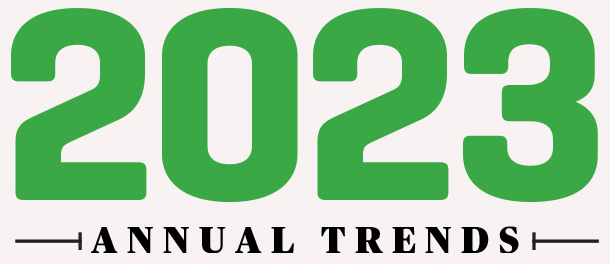We started 2022 with an industry-wide vulnerability in Log4J, which was closely followed by cyber and physical war targeting Ukraine. We are closing the year observing hacktivists taking matters into their own hands, new actors in operation, and a changed but increasingly active ransomware landscape.

Forecasts from the Trellix Advanced Research Centre anticipate spikes in geopolitically motivated attacks across Asia and Europe, hacktivism fuelled by tensions from opposing political parties, and vulnerabilities in core software supply chains.
- Geopolitical factors will continue to be a high motivation for misinformation campaigns and cyberattacks timed with kinetic military activity.
- As groups of loosely organised individuals fuelled by propaganda align for a common cause, they will ramp up their use of cyber tools to voice their anger and cause disruption across the globe.
- Both threat actors and security researchers will heighten their study of underlying software frameworks and libraries resulting in an increase in breaches related to software supply chain issues.
- Teens and young adults will engage at increasing levels in cybercrime – everything from large-scale attacks on enterprises and governments to low-level crimes that target family, friends, peers, and strangers.
- The outsourcing of malware creation and operation, diversification of malware development, and use of leaked source code will make attribution of cyberthreats to specific threat actors increasingly challenging.
- A significant rise in advanced cyberactors causing disruptions to critical infrastructure in vulnerable targets will be observed.
- Weaponised phishing attacks will increase across commonly used business communication services and apps, like Microsoft Teams, Slack, and others.
- The advanced capabilities of consumer and enterprise IoT devices will be leveraged by hackers to mine cryptocurrencies.
- The compromise of satellites and other space assets will increase and become more public in 2023.
- There will be a huge jump in reverse-vishing, or voice phishing attacks, with less tech-aware users being the primary target.
- More domain privilege escalation vulnerabilities will be discovered as well as more real-world attacks against Microsoft Windows with the explicit goal of complete network takeover.
As stress continues to weigh on the global economy, as we head into the new year, organisations should expect increased activity from threat actors looking to advance their own agenda, whether for political or financial gain.
There will be a huge jump in reverse-vishing, or voice phishing attacks
Analysing current trends is necessary but being predictive in cybersecurity is vital. While organisations focus on near-term threats, we advise all to look beyond the horizon to ensure a proactive posture. Global political events and the adoption of new technology will breed novel threats from more innovative threat actors.
























